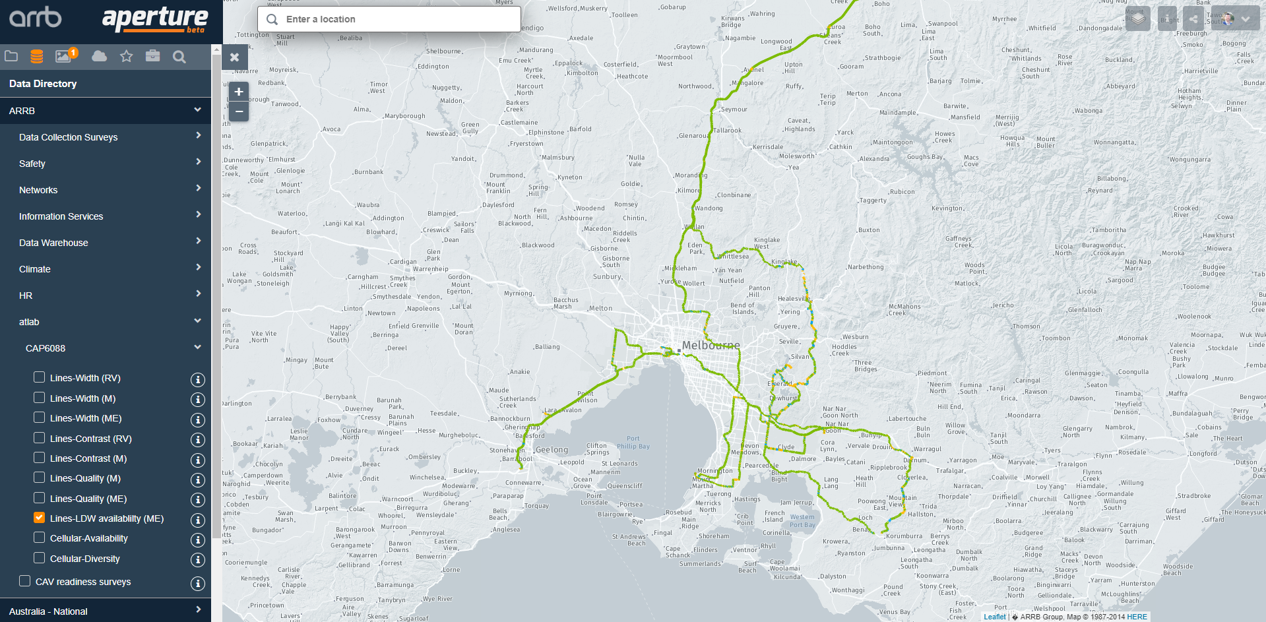What We Do
As Australia’s National Transport Research Organisation, the Australian Road Research Board (ARRB) is focussed on creating knowledge for tomorrow's transport challenges and solutions for today. On the 15th of August 2019, Australia’s National Transport Performance Centre in Port Melbourne was officially opened by the Honourable Alan Tudge, Federal Minister for Population, Cities and Urban Infrastructure.
The Centre’s purpose is to cut through the complexity of transportation and infrastructure and drive the improvements in every Australian’s travel experience. It does this through use of the latest data sources, combined with the National Transport Research Organisation’s expertise to provide guidance to government on busting congestion, saving lives and improving condition of infrastructure cost-effectively. The Centre provides a unique national, independent and government owned source of transport experts, data and knowledge.


Through a process of benchmarking, measuring and forecasting, the centre is able to provide decision-makers with the evidence they need to support policy end expenditure which delivers best return on investment. The Centre’s range of datasets which it collects or has access to gives insights on complex matters in a simply, easily understood and monitored way. Questions of where to invest to improve congestion, where to invest to save lives and when to invest to maximise benefits are all easily answered.
Michael Caltabiano, CEO of ARRB which developed and operates the centre at it its National Transport Research Centre in Port Melbourne said: “We cannot shape our transport future if we do not fully understand the present”. For this reason, ARRB itself has embarked on a mission to standardise and harmonise the data and metrics which describe our road networks and how they are operating. In doing so, it became clear that a National Transport Performance Centre was needed to provide immediate support to get the best value out of new and emerging data and technologies.
To improve the lives of all Australians, a sound understanding of the status quo is essential. With the complement of ARRB’s world-class transportation experts on hand under the same roof, Australia’s decision-makers have access to an unprecedented understanding of the problems and access to the solutions of tomorrow as well.
“Imagine an Australia” Mr Caltabiano said “in which ‘zero fatalities’ means exactly that, in which every Australian has an extra 35 minutes a day to spend with their loved ones and in which we build schools, clinics, bicycle tracks and leisure facilities from the money we save from being smart with maintenance expenditure. That is our vision for this Centre.”


